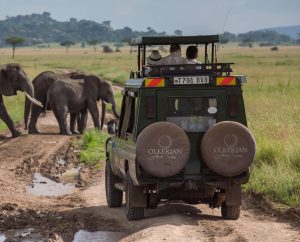Tanzania Safari Experiences
Tanzania is a land where the rhythm of nature sets the pace of your journey. Here, every safari is a story unfolding—lions resting under acacia trees, elephants crossing ancient migratory paths, and endless herds of wildebeest sweeping across golden plains. From the legendary Serengeti to the awe-inspiring Ngorongoro Crater, Tanzania’s landscapes offer a front-row seat to some of the greatest wildlife spectacles on earth.
A Tanzanian safari is not just about wildlife viewing; it’s about the variety of ways you can connect with the wilderness. Glide silently over the savannah in a hot air balloon at sunrise, track animals on foot with expert guides, or venture deep into the remote Southern and Western Circuits where few travelers go. Each experience is carefully shaped to reveal a different side of this extraordinary country.
With world-renowned parks, diverse ecosystems, and a rich cultural heritage, Tanzania offers more than a safari it offers an immersion into Africa at its most authentic. Whether you seek adventure, discovery, or quiet moments surrounded by raw beauty, Tanzania delivers an experience that stays with you long after the journey ends.
OUR EXPERIENCE
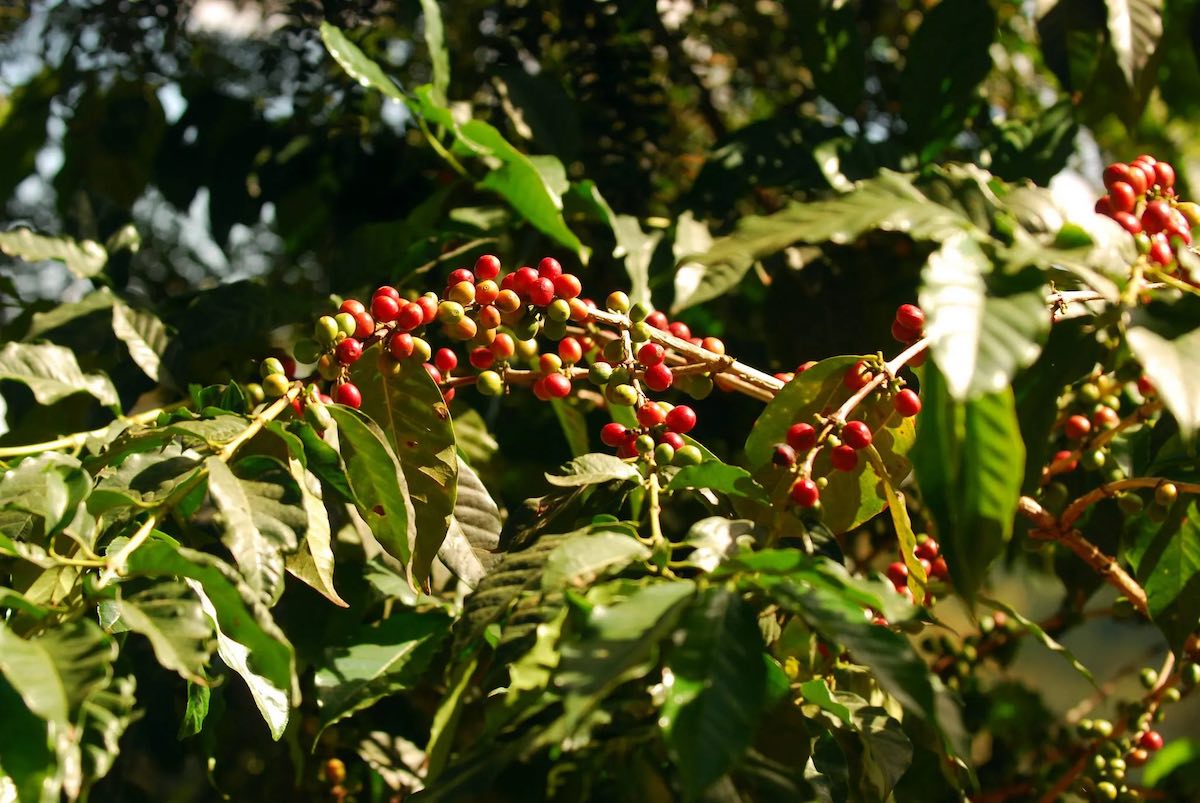
Coffee Activities
Discover the rich heritage of Tanzanian coffee with immersive experiences in Moshi and Karatu. Nestled at the foothills of Mt. Kilimanjaro and near the lush highlands of Ngorongoro, these regions produce some of the world’s finest Arabica beans.
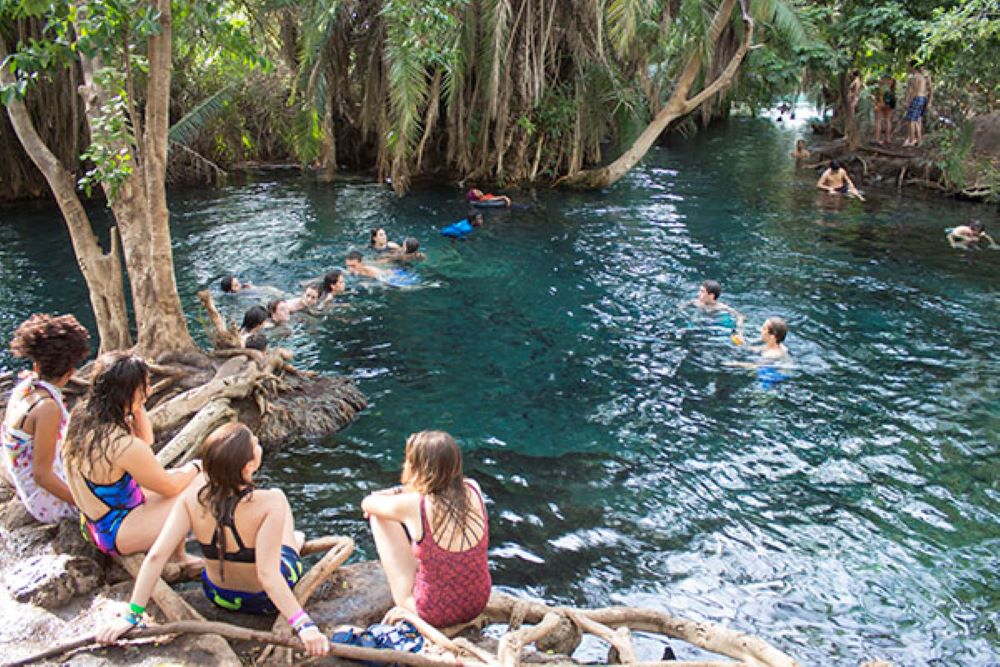
Kikuletwa (Chemka) Hot Springs activities
Escape to the natural oasis of Kikuletwa Hot Springs, also known as Chemka, nestled between Moshi and Arusha. Surrounded by lush fig trees and fed by underground geothermal sources, the crystal-clear turquoise waters offer a refreshing and rejuvenating experience in the heart of nature.

Lake Natron activities
Lake Natron offers a striking blend of raw beauty, adventure, and ecological wonder in northern Tanzania. Known for its otherworldly red-hued waters and as the world’s largest breeding ground for lesser flamingos, the lake is a haven for nature lovers and photographers.

Mto wa Mbu village activities
Discover the vibrant cultural mosaic of Mto wa Mbu, a unique village nestled near Lake Manyara and the Great Rift Valley. Home to over 120 different tribes, Mto wa Mbu offers an unparalleled opportunity to experience Tanzania’s rich diversity in one place.
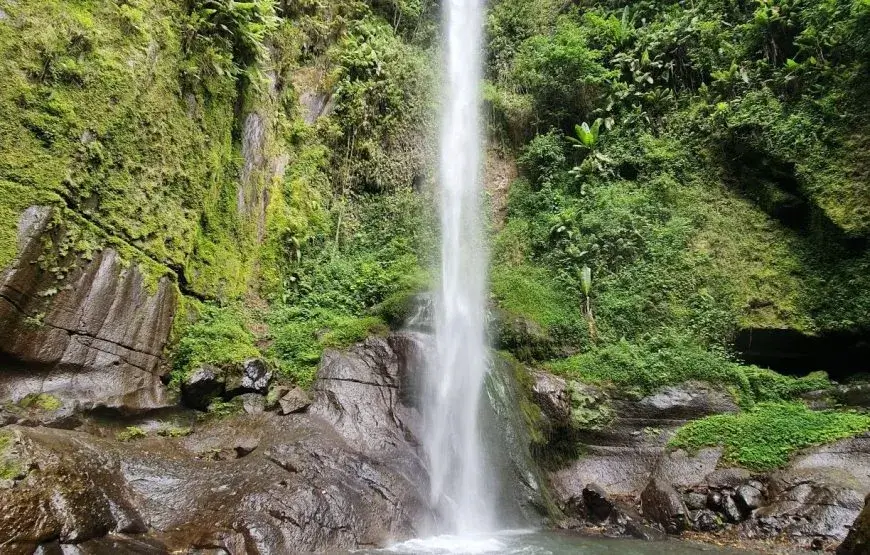
Napuru Waterfalls activities
Experience the serene beauty and adventure of Napuru Waterfalls, a hidden gem nestled in the lush highlands near Arusha, Tanzania. This breathtaking natural attraction offers visitors a refreshing escape into nature, surrounded by verdant landscapes, rich birdlife, and panoramic views of the surrounding valleys.
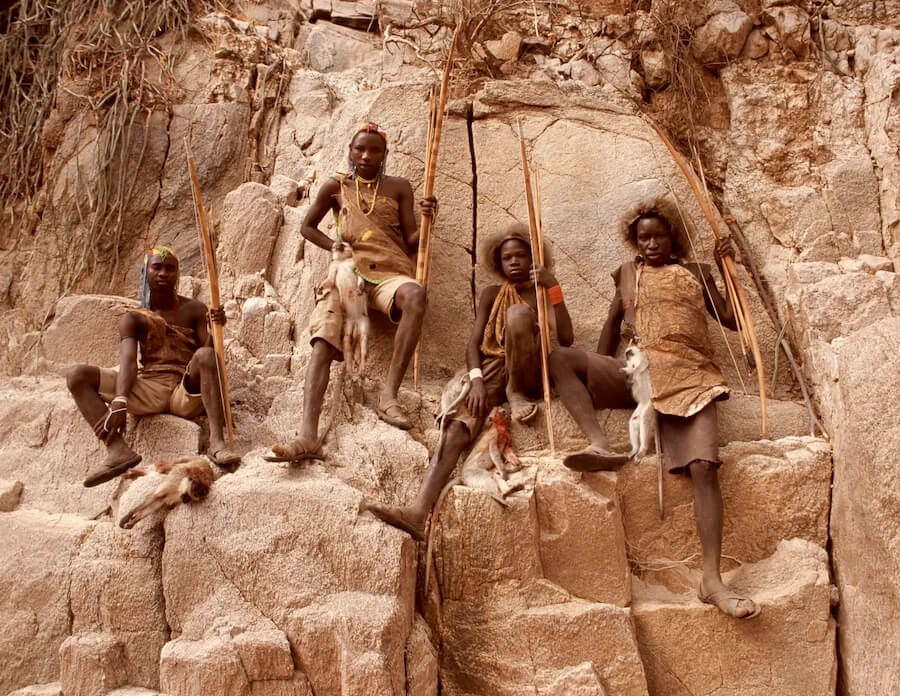
Tanzanian culture activities
Tanzania boasts one of the richest cultural tapestries in Africa, home to over 120 ethnic groups, each with its own language, traditions, and customs. From the proud Maasai of the northern plains to the coastal Swahili communities and the Hadzabe bushmen of Lake Eyasi, Tanzanian culture is a vibrant fusion of heritage, unity, and diversity.
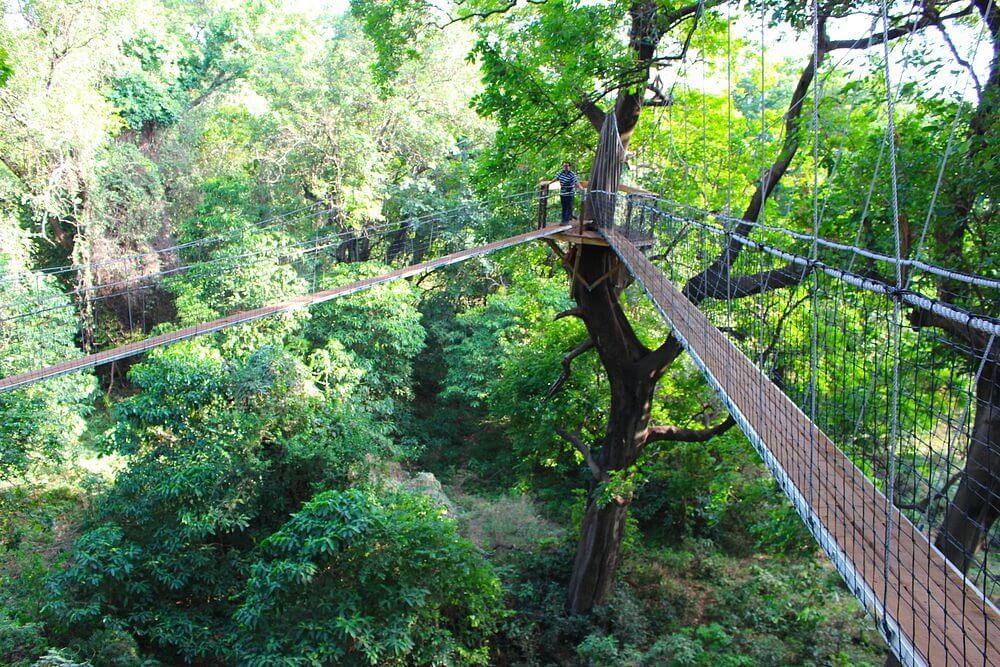
Treetop Walkway in Lake Manyara National Park
The Treetop Walkway in Lake Manyara National Park offers a unique and thrilling way to experience Tanzania’s lush forest canopy. Stretching over 370 meters and suspended up to 18 meters above the ground, this elevated walkway takes you through ancient fig and mahogany trees, providing breathtaking views and an immersive encounter with nature.
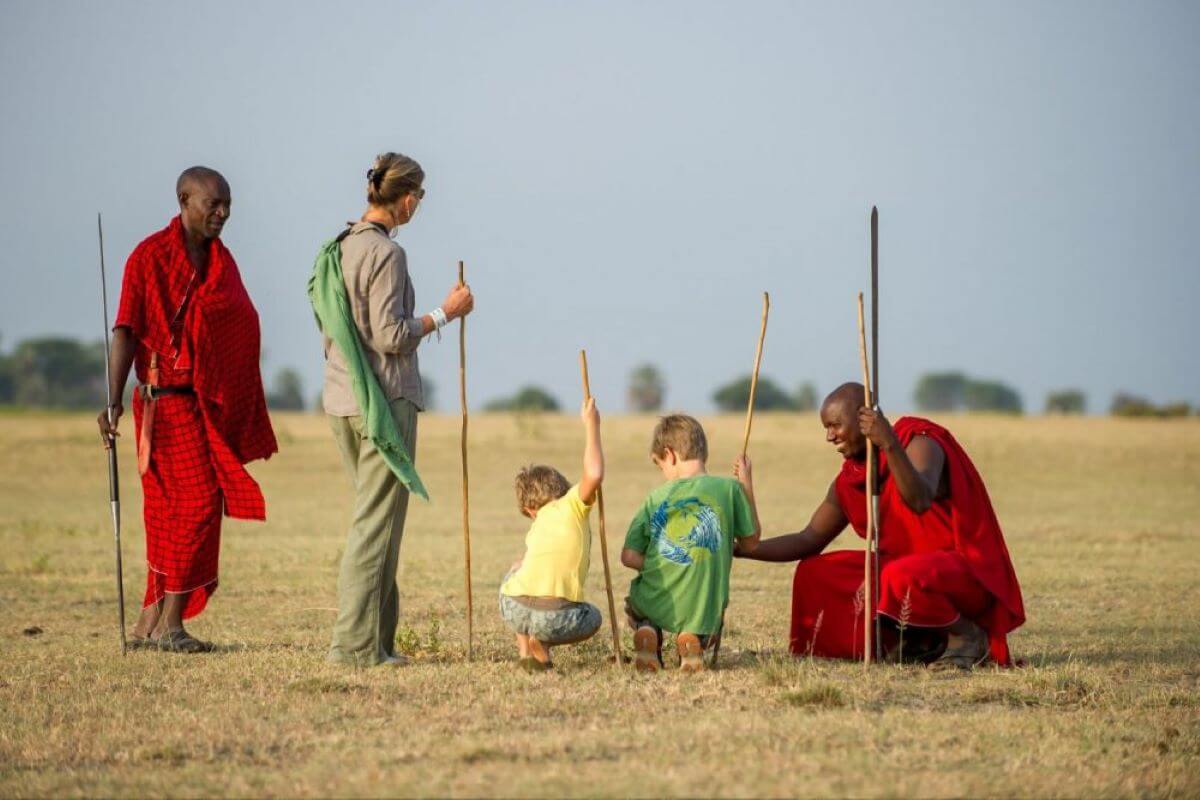
Walking Safari Experience
A walking safari in Tanzania offers an intimate and unforgettable way to explore the wild, bringing you closer to nature than ever before.
Unlike traditional game drives, walking safaris immerse you in the sights, sounds, and scents of the bush, guided by expert rangers and armed scouts who ensure both safety and insightful interpretation
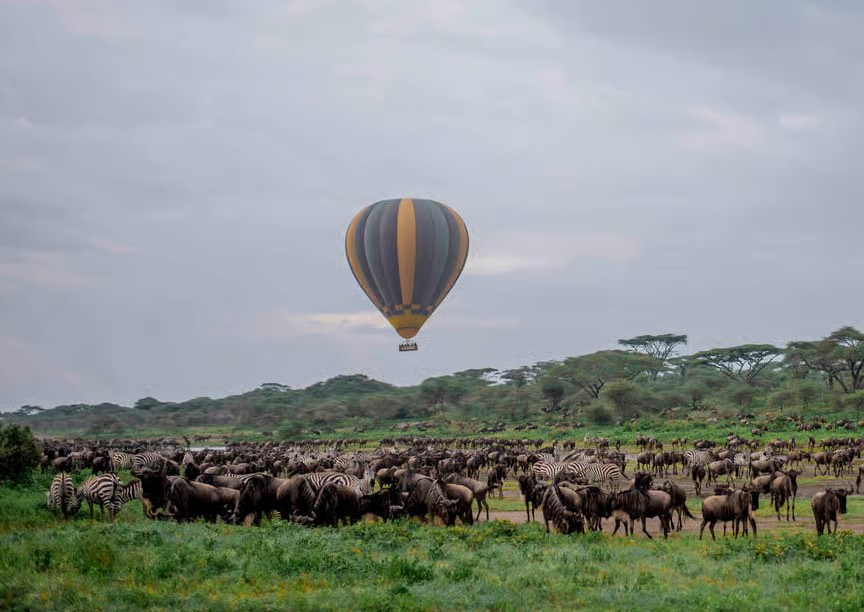
Balloon Safari in the Serengeti
A balloon safari over the Serengeti is one of the most magical ways to experience the vast beauty of Tanzania’s iconic wilderness.
Launching just before sunrise, guests are gently lifted into the sky as the golden morning light spills over the endless plains. The experience begins in silence, broken only by the occasional roar of the burner and the distant calls of wildlife below.

Datoga Tribe
The Datoga tribe, indigenous to northern Tanzania near Lake Eyasi and the Ngorongoro Highlands, are a proud pastoralist and blacksmith community known for their resilience, distinct culture, and traditional craftsmanship.
Often referred to as “the Mang’ati” by neighboring tribes, the Datoga are recognizable by their intricate facial scarification and traditional red or brown attire, reminiscent of the Maasai but uniquely their own.
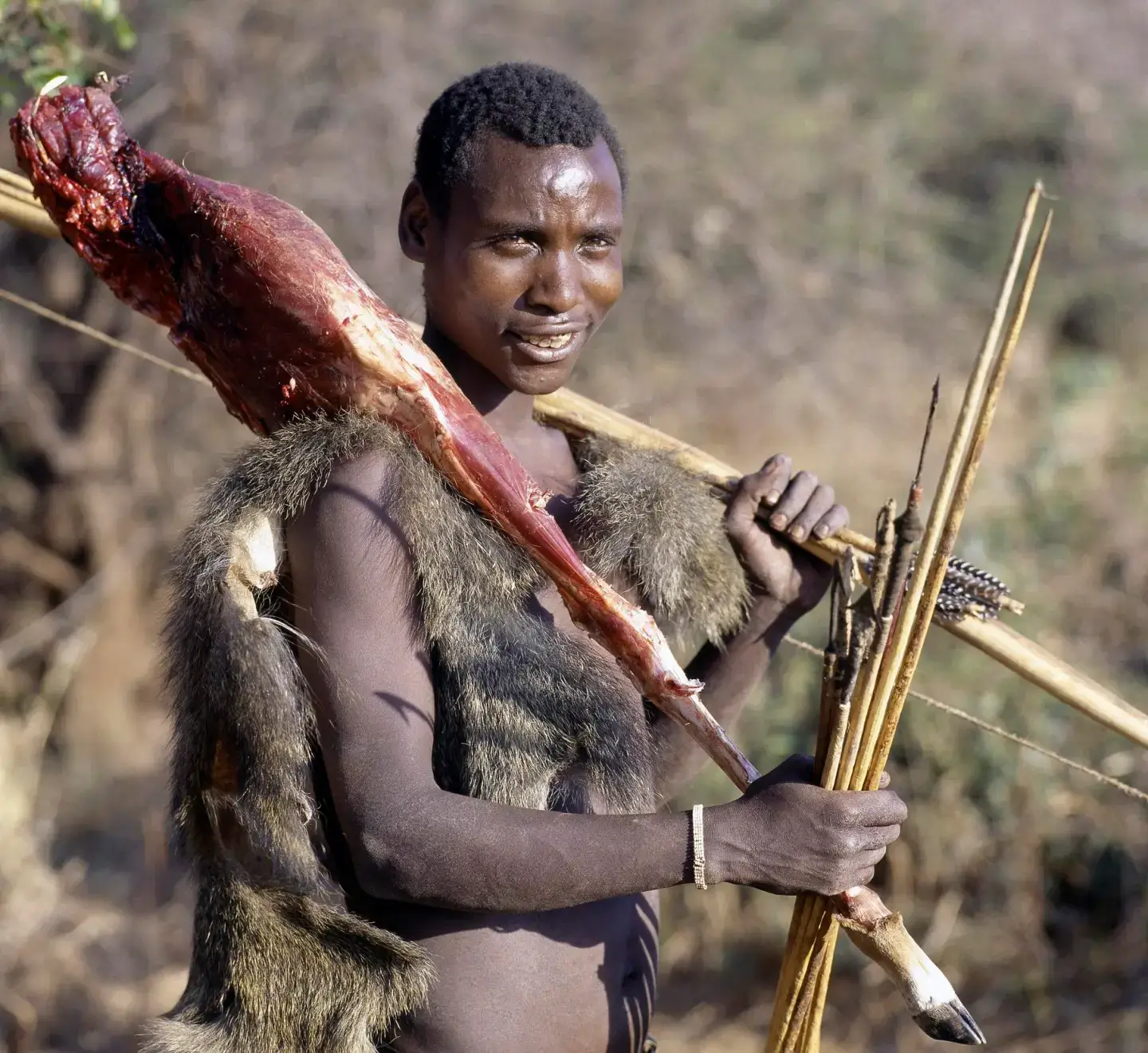
Hadzabe Tribe
The Hadzabe (or Hadza) tribe of Tanzania is one of the last remaining hunter-gatherer communities in Africa, living near Lake Eyasi in the Rift Valley.
With a population of around 1,300, the Hadzabe people maintain a way of life that has changed little for thousands of years, relying on hunting, foraging, and deep knowledge of the land for survival.
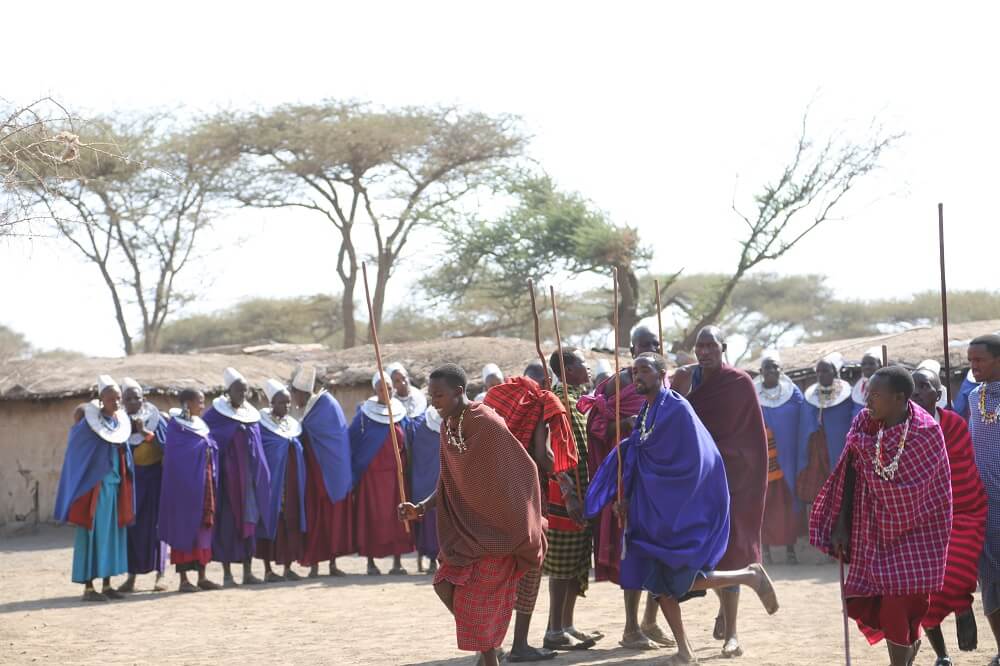
Maasai Culture A Living Heritage
The Maasai are one of East Africa’s most iconic and culturally rich tribes, known for their distinctive customs, colorful dress, and deep-rooted traditions. Living across northern Tanzania and southern Kenya, the Maasai maintain a semi-nomadic lifestyle centered around cattle herding, which they regard as a sacred symbol of wealth, status, and survival.
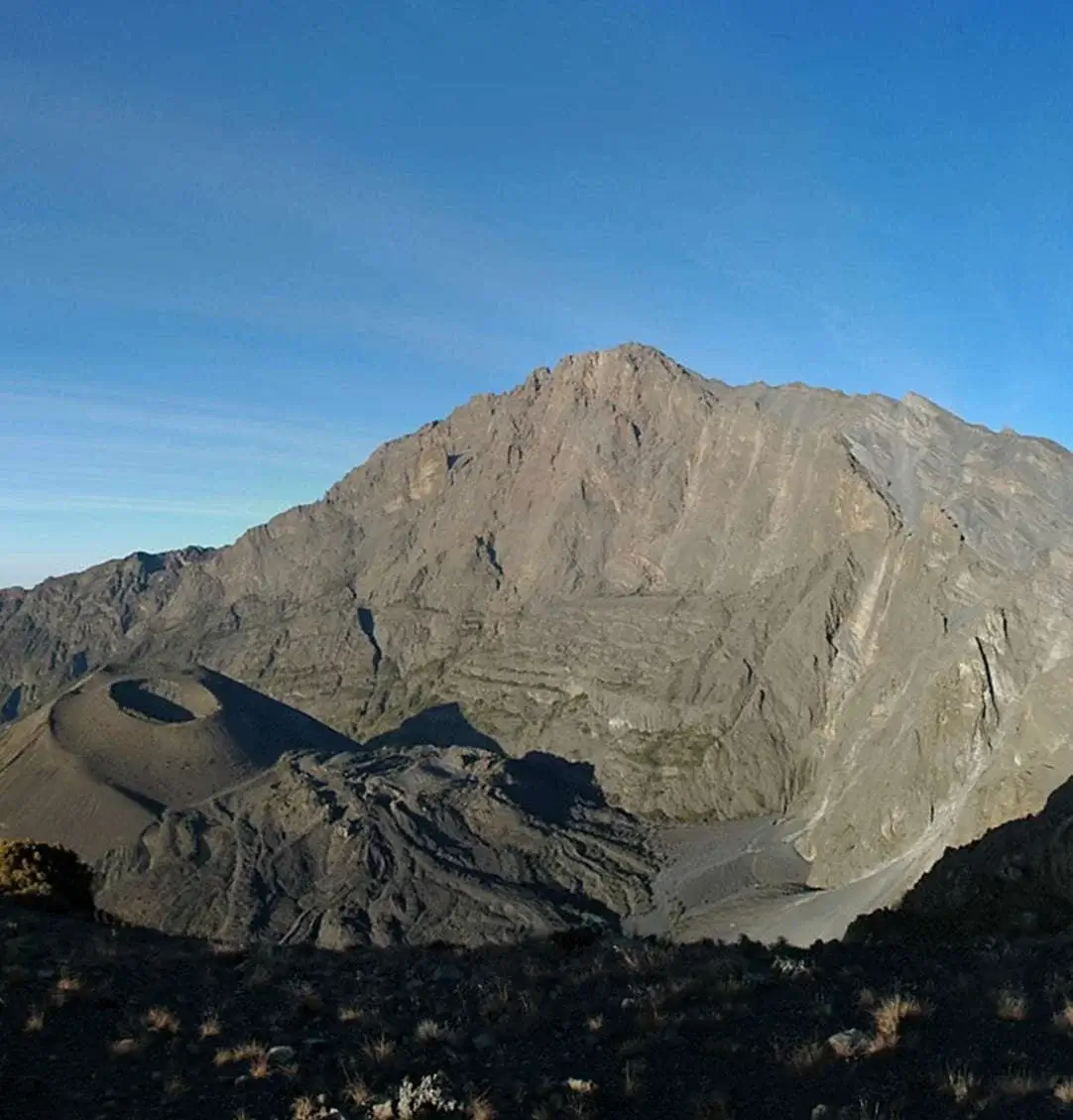
Mount Meru Trekking
Mount Meru, Tanzania’s second-highest peak at 4,566 meters, is a stunning, lesser-known trekking destination located within Arusha National Park.
Often considered a warm-up for Kilimanjaro, Meru offers a challenging and scenic trek through diverse ecosystems, including lush montane forests, moorlands, and alpine deserts. The mountain is an active stratovolcano with a dramatic crater and steep ridges, providing breathtaking views and rich biodiversity.

Nasera Rock
Nasera Rock is a towering monolith located in the northern part of the Ngorongoro Conservation Area, near the Gol Mountains. Rising dramatically from the grassy plains, this granite inselberg reaches over 50 meters high and holds both ecological and cultural significance.
It’s a prominent landmark in the remote Loliondo region and is believed to have been used as a shelter by ancient hunter-gatherer communities. Archaeological findings suggest it was once a habitation site dating back thousands of years.
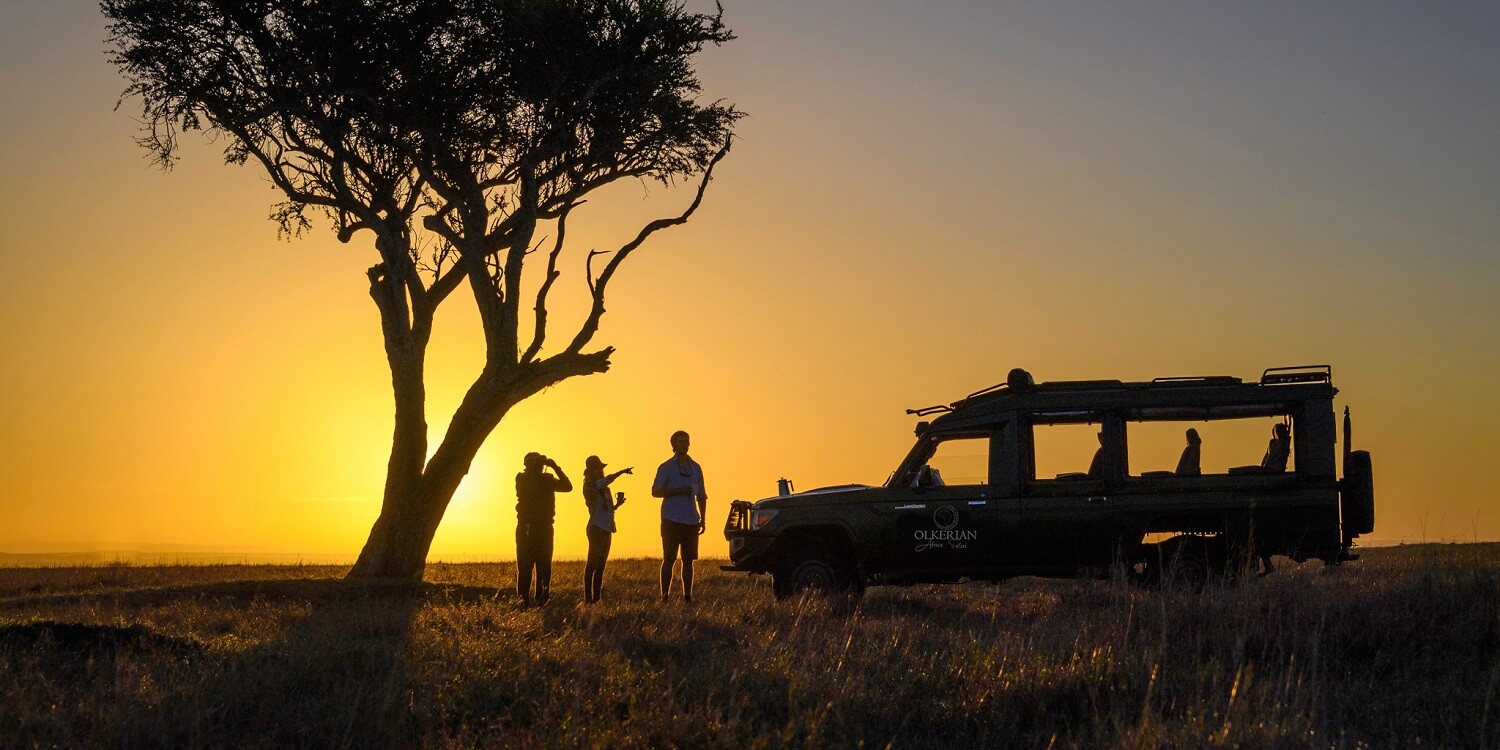
Night Game Drive in Tanzania
A night game drive offers a completely different perspective of the African wilderness where the bush transforms after dark into a world of mystery and heightened drama.
Conducted in private conservancies or select national parks like Lake Manyara or Tarangire, these nocturnal safaris begin after sunset and are guided by expert rangers in specially equipped 4×4 vehicles with powerful spotlights.

Ol doinyo Lengai
Ol Doinyo Lengai, known as the “Mountain of God” in the Maasai language, is an active volcano located in northern Tanzania, near Lake Natron in the Great Rift Valley. Rising to 2,962 meters (9,718 feet), it is the only volcano in the world that erupts natrocarbonatite lava—a unique, low-temperature lava that appears black in daylight and flows like oil.
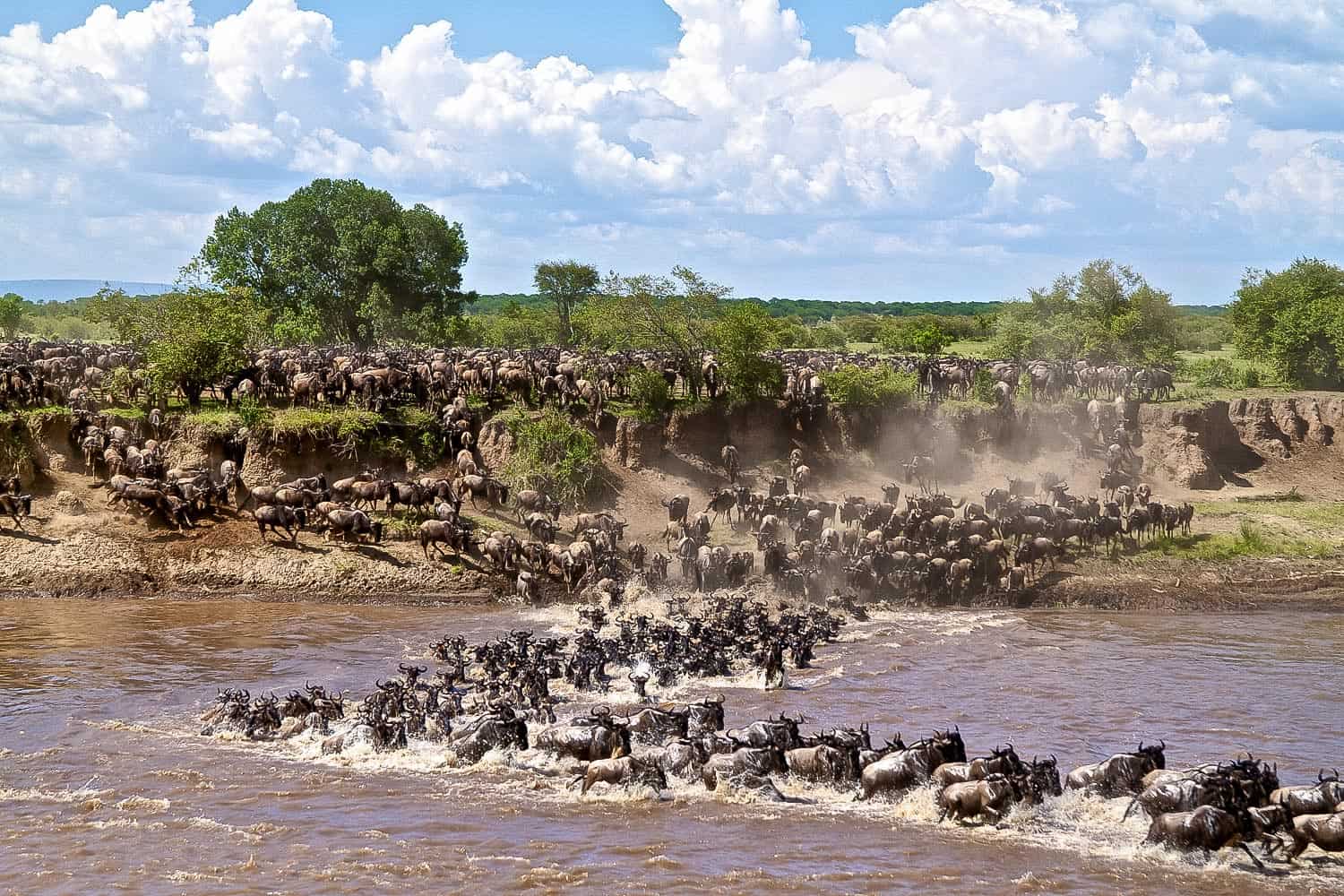
Wildebeest migration crossing at the Grumeti River
The wildebeest migration crossing at the Grumeti River in Tanzania’s Serengeti National Park is one of Africa’s most breathtaking wildlife spectacles, captivating travelers from around the world.
Each year, over a million wildebeest, along with thousands of zebras and gazelles, embark on an epic journey across the vast Serengeti plains in search of fresh grazing. The Grumeti River crossing, typically occurring between June and July, is a highlight of this incredible migration.

Wildebeest Migration Mara River Crossing
Tanzania boasts one of the richest cultural tapestries in Africa, home to over 120 ethnic groups, each with its own language, traditions, and customs.
From the proud Maasai of the northern plains to the coastal Swahili communities and the Hadzabe bushmen of Lake Eyasi, Tanzanian culture is a vibrant fusion of heritage, unity, and diversity.
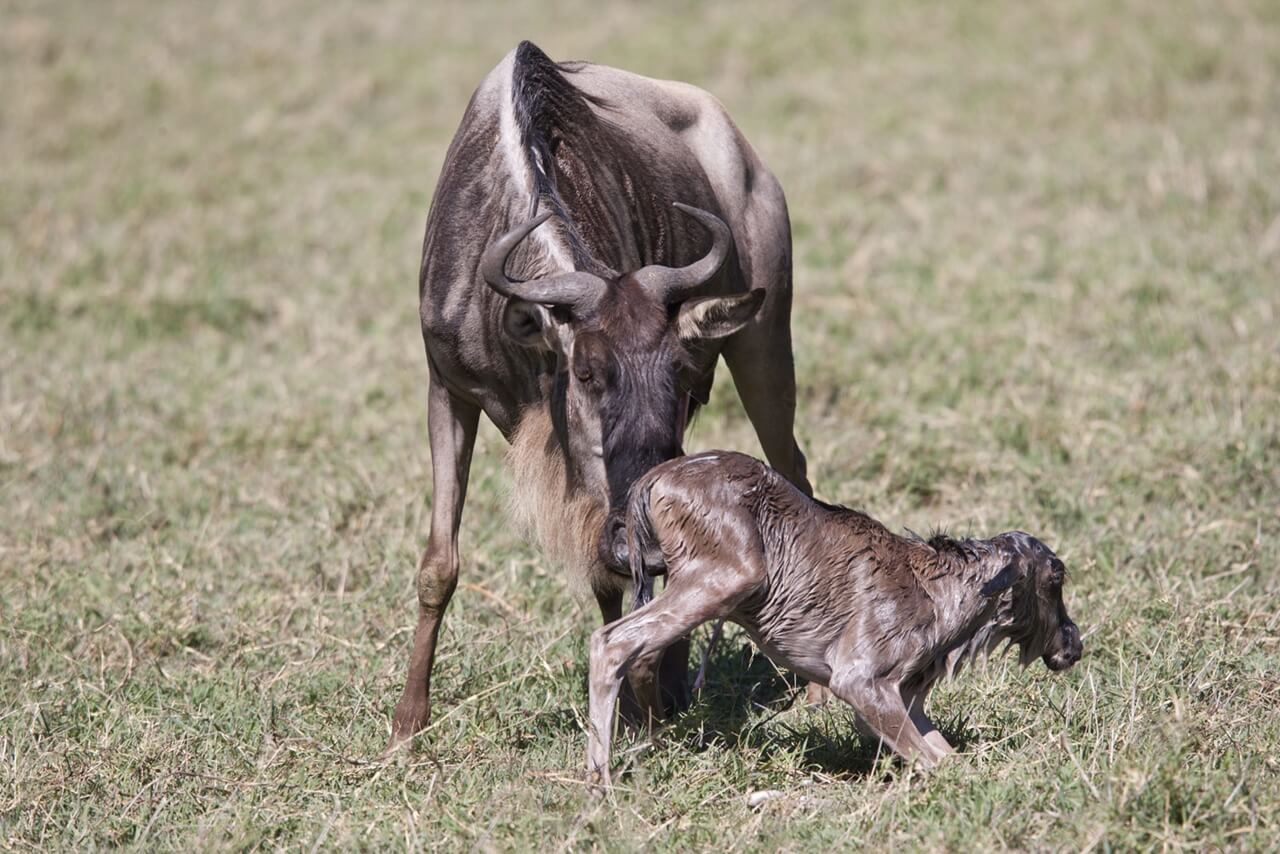
Wildebeest Migration Calving Season
The calving season, occurring from late January to March, is one of the most dramatic and awe-inspiring phases of the Great Wildebeest Migration in the Southern Serengeti and Ndutu Plains, where the vast short-grass plains provide rich, nutrient-filled grasses ideal for newborns.
During this time, over 500,000 wildebeest calves are born within a span of just 2–3 weeks, averaging around 8,000 births per day at the peak.
